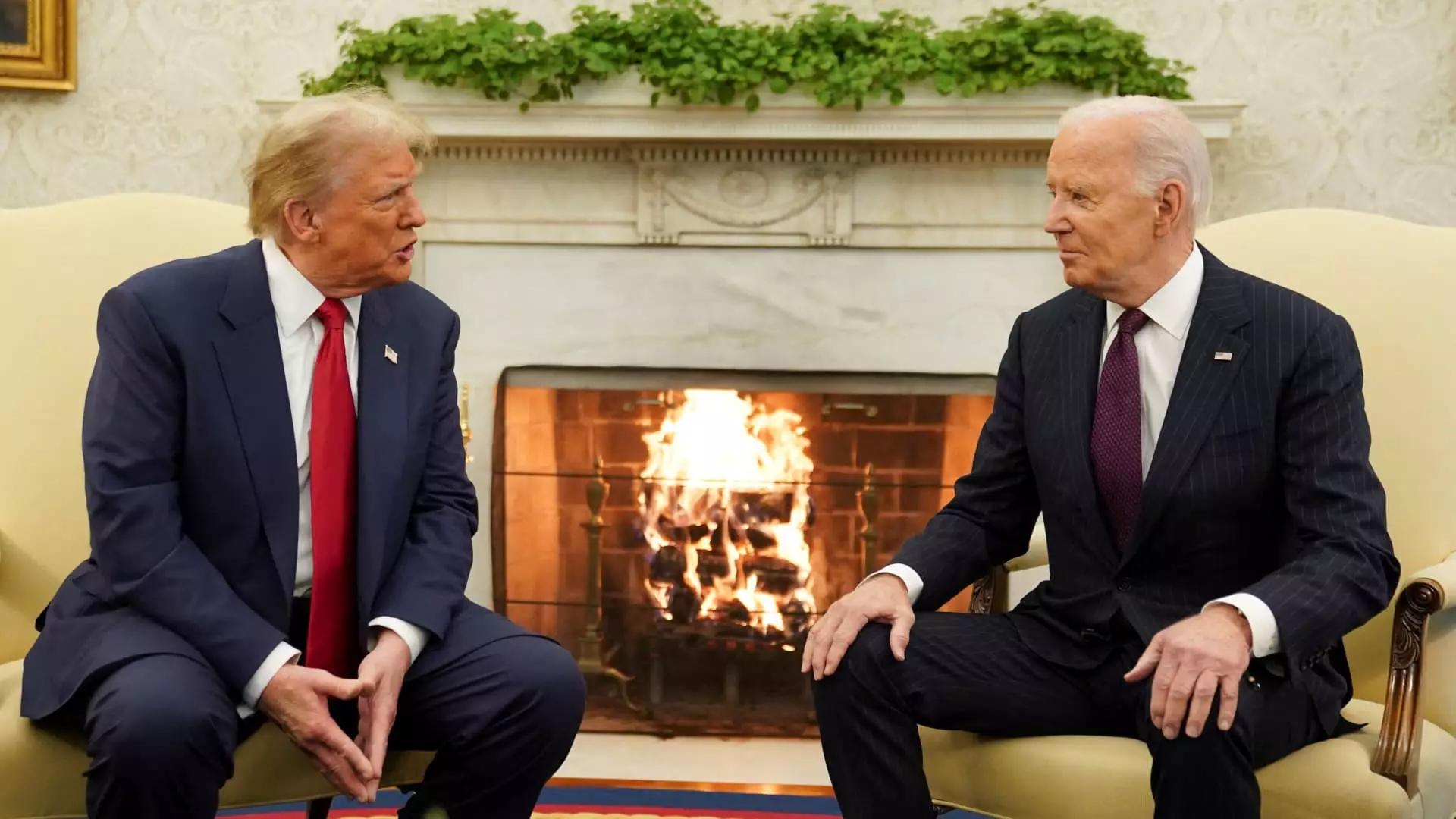In a significant policy decision, the Trump administration has confirmed it will maintain the stringent antitrust guidelines initially set forth under the leadership of former President Joe Biden. This choice, articulated by Federal Trade Commission (FTC) Chairman Andrew Ferguson, aims to confront mergers that could potentially harm market competition. The continuation of these rigorous standards reflects a broader ideological shift towards a more populist and anti-corporate stance within the Trump administration, spearheaded by notable figures like Vice President JD Vance.
Corporations have expressed widespread discontent with these established guidelines since their inception in 2023. Business leaders had hoped for a more lenient regulatory approach, anticipating a resurgence of corporate mergers in a less restrictive environment. The decision to uphold the Biden-era guidelines is particularly disheartening for Wall Street, where expectations for increased corporate consolidation through mergers have been plentiful. The reluctance to adjust these rules signifies a departure from traditional practices, where easing constraints was often seen as a pathway to economic growth.
The guidelines themselves present a robust framework through which the FTC and the Department of Justice (DOJ) evaluate proposed mergers. They outline critical criteria, including the need to avoid markedly increasing market concentration in already saturated sectors and preventing substantial competition erosion among firms. Furthermore, the guidelines discourage vertical mergers that could stifle competition by altering market structures. This structured approach attempts to maintain a competitive marketplace, mitigating the risk of monopolistic behaviors that have historically plagued industry landscapes.
In his statements, Chairman Ferguson emphasized the importance of stability for both enforcement agencies and the business community. He argues that the inconsistent overhaul of antitrust guidelines with each electoral transition would not only be resource-intensive but would also weaken the agencies’ credibility. Ferguson’s perspective highlights the delicate balance that regulatory bodies must maintain, ensuring they have the ability to remain vigilant while adapting to an evolving economic landscape without sacrificing their authoritative presence.
Ferguson’s assertion that the 2023 guidelines draw upon decades of legal precedent positions them as not merely a product of the previous administration but as a cornerstone for future antitrust considerations. In a world where corporate mergers can lead to substantial shifts in market dynamics, this framework serves to protect the interests of consumers and smaller businesses against potential monopolistic entities.
As businesses navigate this enduring regulatory environment, they must recalibrate their merger strategies. The likelihood of increased scrutiny means that corporations may need to innovate ways to demonstrate the competitive benefits of their proposals, thereby aligning themselves with the objectives of both the FTC and DOJ.
The Trump administration’s decision to retain Biden-era antitrust guidelines signals significant implications for corporate merger activity. It reinforces the commitment to a competitive marketplace while challenging corporations to adjust to a more demanding regulatory framework. The continued dialogue between regulatory bodies and corporate entities will be crucial to shaping the future of market competition in the United States.

